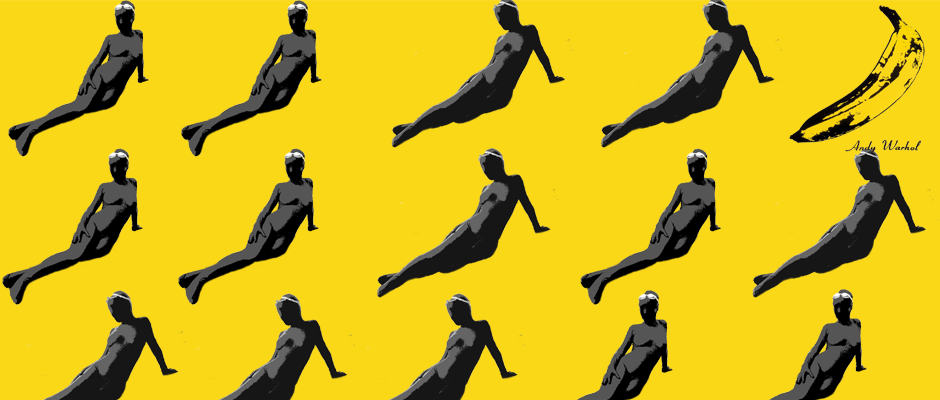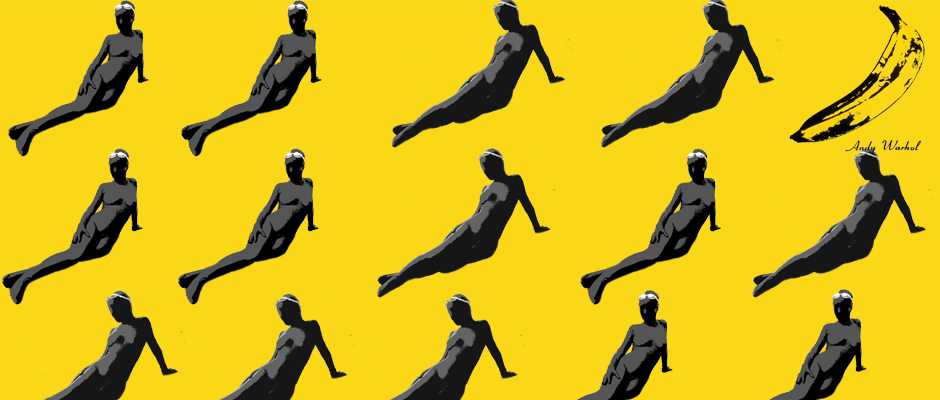Zentai Art Festival 2014 is looking for a documentary team to document a Singapore Super Hero Justice. It will be about looking for the super hero and documenting what he does. The film should be about 15 minutes long and it will be featured in the festival screening along with an another featured film (about 60 minutes) follow up with the artists talk.
|
The Essence of Femininity: Selfless Dedication To Another
This occurs when the feminine principle, whose force is centrifugal, does not turn to fleeting objects but rather to a “virile” stability in which she finds a limit to her “restlessness.” Stability is then transmitted to the feminine principle to the point of intimately transfiguring all of its possibilities… What is needed therefore is a radical “conversion” of the feminine principle to the opposite principle; moreover, it is absolutely necessary for the masculine principle to remain wholly itself. …there are also two types available to the feminine nature. A woman realizes herself as such and even rises to the same level reached by a man as warrior and ascetic only as lover and mother… [the feminine is] totally giving of herself and being entirely for another being, whether he is the loved one or the son, finding in this dedication the meaning of her own life, her own joy, and her own justification. In Evola’s philosophy, to be feminine is to dedicate yourself selflessly to an external cause; masculinity is pure virility – as in the action of the warrior or the pure detachment of the ascetic. “To realize oneself,” he writes, is “to reduce in a woman all that is masculine and in a man everything that is feminine.” Within every person is a mix of the masculine and the feminine, but excellence lies in being a paragon of one’s sex. While a man’s success comes from achieving self-sufficiency and independent action, a woman achieves order by cleaving to a masculine force. Even in the absence of a man, she will seek to submit herself to some greater force. In Freud's view, the passivity of masochism is linked to femininity, and the active nature of sadism to virility, as he wrote in New Introductory Lectures on Psycho-Analysis (1933a [1932]). He first described this connection between active/passive and masculine/feminine in Three Essays on the Theory of Sexuality (1905d). However, in 1933, taking bisexuality into consideration, he relativized this opposition and stressed the role of the instinctual aim: "to achieve a passive aim may call for a large amount of activity" (p. 115). He also acknowledged that the social repression of aggressiveness in women could lead to secondary masochistic impulses, "which succeed . . . in binding erotically the destructive trends which have been diverted inwards" (p. 116). “The Conflict: How Modern Motherhood Undermines the Status of Women.” In it, Badinter argues that a certain contemporary style of mothering — a style that requires total devotion of mother to child, starting with natural childbirth and extending through exclusive and on-demand breastfeeding, baby-wearing and co-sleeping — undermines women’s equality. Badinter claims that it does this in several ways: by squeezing fathers out of any meaningful role in parenting; by placing such high demands on mothers that it becomes nearly impossible to balance paid work with motherhood (especially once fathers have been sidelined); and by sending the message that day care, bottle feeding, sleep training and the other things that allow women to combine motherhood with paid work are harmful to children, and that the women who use them are selfish. This is an inaugural festival of such nature in Singapore and if you were to look more in dept at the Zentai culture in general, it is reminiscent of an outsider art form whereby it is not directly extended from contemporary art practice, but rather a certain sub-culture vis-a-vis post-modern expressions, that stems out from 21st century urban living, human social behavoirs & various social traits unique to the locality of its birthplace that had develop Zentai culture to what it is today. Through this project, we hope to explore the idea of Zentai, from within the art context (we have invited photographers, installation artists, video artists and performers to respond to the "Zentai" theme). More importantly, we will also like to discover opinions & find analytical points of view of the social conditions that surrounds this form of expression. For example, in Singapore recently, there is a public figure dressed like a Superhero (in a Zentai suit), who went around public trains, buses stations and public commute areas to guide the less priviledged or needy persons, requesting for commuters to give up their seats to people who needed them more. Incidents like this is a good example of how such an 'obscure' culture can truly integrate with real life, as with what most contemporary artists are striving for in their art, the beauty of it is that it transcended art's functionality as a public 'correct' action. This is just an example of how we may give an added context to the project we're planning out. |
Zentai Art FestivalZentai art festival blogs about art and our up dates Archives
December 2016
Categories |



